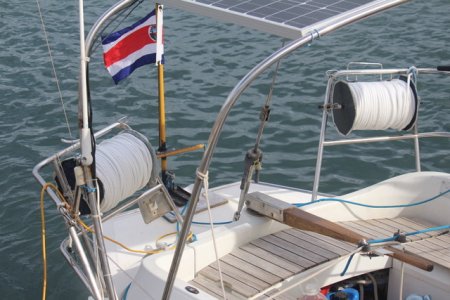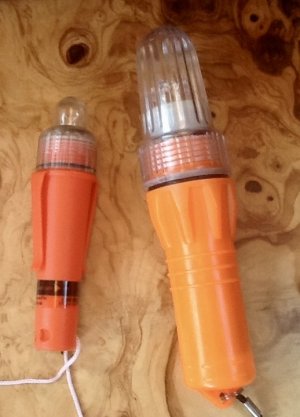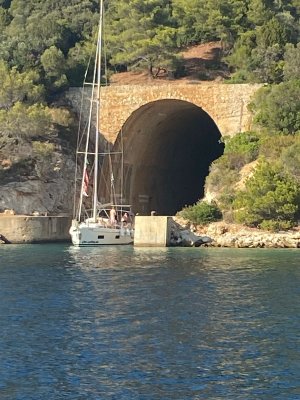NormanS
Well-known member
In another thread about anchoring (Oh! No!, not again!), there has been mention of running lines to the shore. I am not talking about mooring either stern to or bow to the shore, to be able to step ashore, as is practiced in some countries.
I always prefer to be anchored off, and use the dinghy to go ashore. I also always prefer to be head to wind, so when anchored, I never run stern lines to the shore, and then possibly be faced with winds from astern or on the beam. I have on a few occasions taken a line ashore, but made it fast to my anchor chain, and then lowered the chain so that the join will always be lower than the keel. In that situation, the boat can always swing head to wind, and the pull on the anchor is always in roughly the same direction.
This is a form of a Bahamian Moor, which is normally done with two anchors. It is important to leave sufficient slack in the system, otherwise the load on the anchor is unnecessarily increased. I wouldn't recommend doing this in a recognised anchorage, with other boats present, but in unfrequented places, it provides a very secure way to anchor. Dare I mention that it would be appropriate where the seabed has a significant slope out to seaward?
I always prefer to be anchored off, and use the dinghy to go ashore. I also always prefer to be head to wind, so when anchored, I never run stern lines to the shore, and then possibly be faced with winds from astern or on the beam. I have on a few occasions taken a line ashore, but made it fast to my anchor chain, and then lowered the chain so that the join will always be lower than the keel. In that situation, the boat can always swing head to wind, and the pull on the anchor is always in roughly the same direction.
This is a form of a Bahamian Moor, which is normally done with two anchors. It is important to leave sufficient slack in the system, otherwise the load on the anchor is unnecessarily increased. I wouldn't recommend doing this in a recognised anchorage, with other boats present, but in unfrequented places, it provides a very secure way to anchor. Dare I mention that it would be appropriate where the seabed has a significant slope out to seaward?







